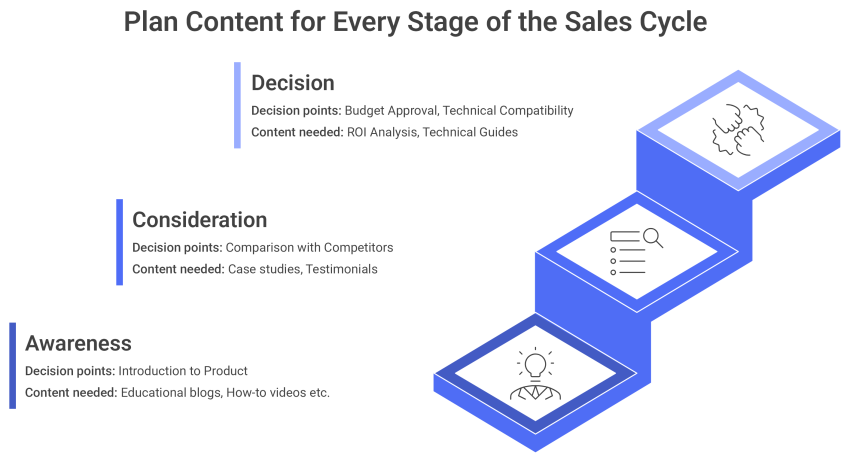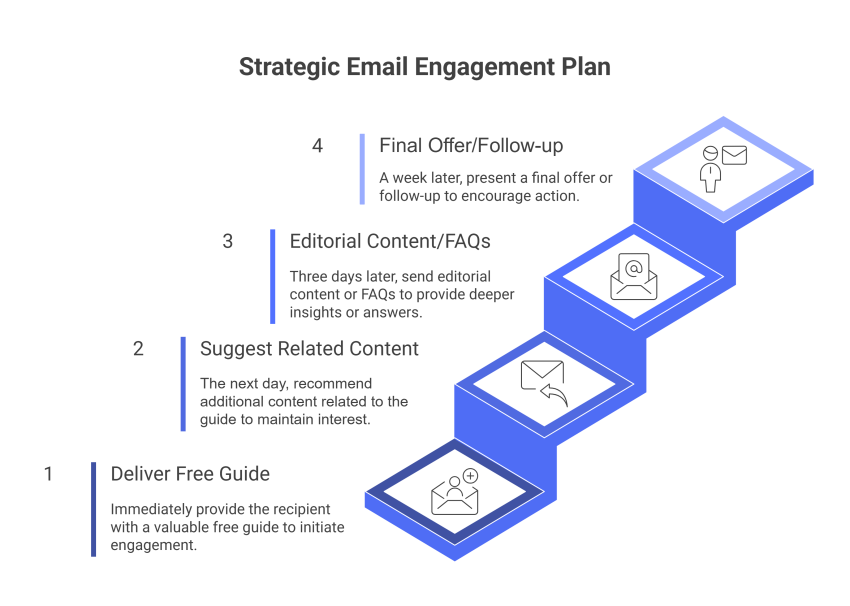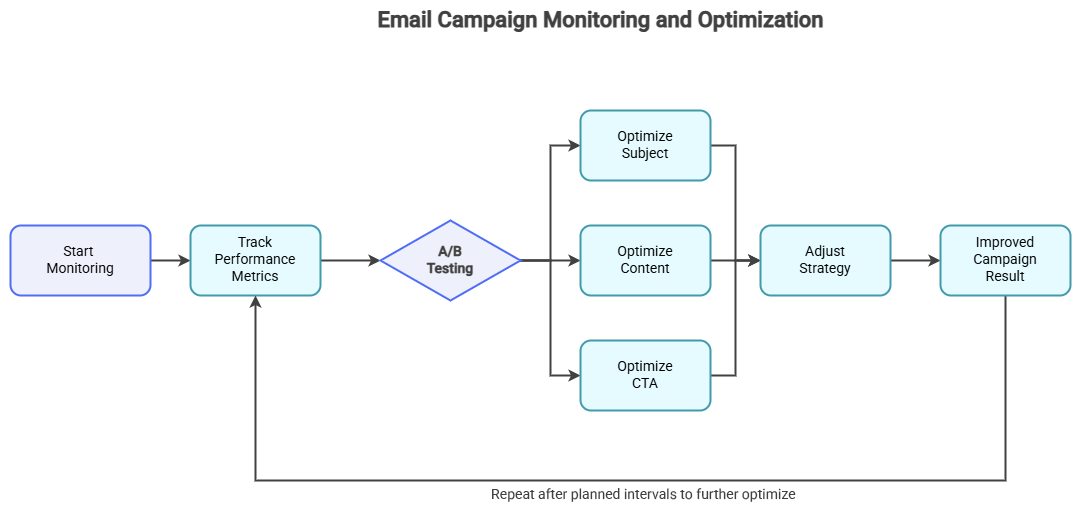In the vast landscape of digital marketing, email nurturing campaigns stand out as a powerful tool for converting leads into loyal customers. Effective email nurturing requires a deep understanding of your audience, a well-planned strategy, and the right tools to execute it seamlessly. In this article, we will delve into the intricacies of creating a successful email nurturing campaign, from planning and content creation to automation and optimization.
Introduction
Email marketing is often described as the “unsung hero” of digital marketing strategies. It offers a personal touch that can be tailored to each stage of the customer journey, making it an indispensable tool for nurturing leads. Email marketing is the perfect channel to support the lead nurture process all the way through the funnel.

What is Lead Nurturing?
Lead nurturing is not just about sending a series of emails; it’s about building a relationship with your leads. It helps in educating them about your product or service, addressing their pain points, and guiding them through the sales funnel until they are ready to make a purchase.
The goal of a lead nurturing campaign is to build trust and credibility with potential customers, providing them with relevant information and value at each stage of their buying journey. – HubSpot
Step 1: Planning and Research
Before diving into the creation of your email nurturing campaign, it’s crucial to gather information and plan your strategy carefully.
Gathering Information
- Collaborate with the Sales Team: Understand the typical sales cycle timeline and key decision points. This will help you determine the appropriate timing and content for your emails.
- Identify Customer Pain Points: Collect data on customer interests and behaviors to tailor your content effectively.

Choosing the Right Tools
For workflow planning, tools like LucidChart and Miro are highly recommended. These platforms allow you to map out your campaign visually, making it easier to plan and execute.
| Tool | Features | Cost |
|---|---|---|
| LucidChart | Workflow mapping, similar to marketing automation platforms | Paid |
| Miro | Similar to LucidChart, with collaboration features | Paid |
| Google Slides/ PowerPoint | Free options with basic diagramming capabilities | Free |
Step 2: Content Creation
Crafting the right content is pivotal for engaging your audience and moving them through the sales funnel.
Identifying Keywords
To optimize your content, use tools like Ahrefs or SEMrush for keyword research. This will help you incorporate relevant keywords into your emails, enhancing their visibility and relevance.
Developing a Content Strategy
- Educational Content: Provide value by educating leads about your product or service.
- Promotional Content: Encourage leads to take action with offers and promotions.
- Engagement Content: Use storytelling to connect with your audience on a personal level.
Personalization
Segment your audience based on behavior or demographics, and tailor content accordingly. This personalization is key to effective lead nurturing tactics.
| Segment | Content Focus |
|---|---|
| Large Enterprises | ROI Analysis, Technical Guides |
| Small Businesses | Case Studies, Testimonials |
| Individuals | Educational Content, Promotions |
Step 3: Email Sequence Design
Designing an effective email sequence involves plotting both marketing and sales emails strategically.
Welcome Email
- Immediate Delivery: Send within minutes of lead capture.
- Content: Deliver requested content and introduce your brand.
Follow-up Emails
- Timing: Space emails based on the sales cycle (e.g., weekly or bi-weekly).
- Content Mix: Include both marketing and sales emails to maintain engagement.

| Email Number | Timing | Content Focus |
|---|---|---|
| 1 | Immediate | Deliver Free Guide |
| 2 | Next Day | Suggest Related Content |
| 3 | 3 Days | Editorial Content or FAQs |
| 4 | 7 Days | Final Offer or Follow-up |
Decision Splits
Use decision splits to segment leads based on actions (e.g., opens, clicks) and adjust content accordingly. Implement lead scoring models to qualify leads and tailor your nurturing approach.
Step 4: Automation and Execution
Automation is key to executing your email nurturing campaign efficiently.
Automation Setup
- Marketing Automation Platforms: Use tools like HubSpot or Mailchimp to automate email sequences.
- Timing and Triggers: Set up triggers based on lead actions or time intervals.
Sales Email Integration
- Automate Initial Sales Emails: Ensure prompt follow-up and consistency.
- Replies to Sales Team: Ensure that replies go back to the sales team for personal engagement.
Step 5: Monitoring and Optimization
Tracking performance and optimizing your campaign is crucial for success.
Tracking Performance
- Metrics: Monitor open rates, click-through rates, and conversion metrics.
- A/B Testing: Use A/B testing to optimize subject lines, content, and CTAs.
Adjusting Strategy
Based on performance data, adjust the timing, content, or segmentation of emails to improve results.

Step 6: Extending Nurture Beyond Initial Capture
Effective nurturing doesn’t stop at lead capture; it extends across the entire customer journey.
Onboarding and Engagement
-
New Customer Onboarding: Automate onboarding emails to enhance the customer experience.
-
Engagement Content: Encourage feedback and engagement through surveys or social media.
Lapsed Leads and Retention
-
Re-engagement Campaigns: Develop campaigns for inactive leads.
-
Retention Strategies: Offer exclusive content or promotions to retain existing customers.
Referral and Loyalty Programs
-
Implement Programs: Incentivize referrals and loyalty.
-
Communication: Use email to communicate program benefits and updates.
Conclusion
Crafting a successful email nurturing campaign requires meticulous planning, strategic content creation, and effective automation. By leveraging the right tools, identifying relevant keywords, and continuously optimizing your campaign, you can significantly enhance lead engagement and conversion rates.
As you embark on this journey of creating the best lead nurturing campaigns, remember that nurturing is not just about emails; it’s about building lasting relationships with your audience throughout their buyer’s journey.
Liked reading this article?
Let’s connect and explore opportunities to work together.
